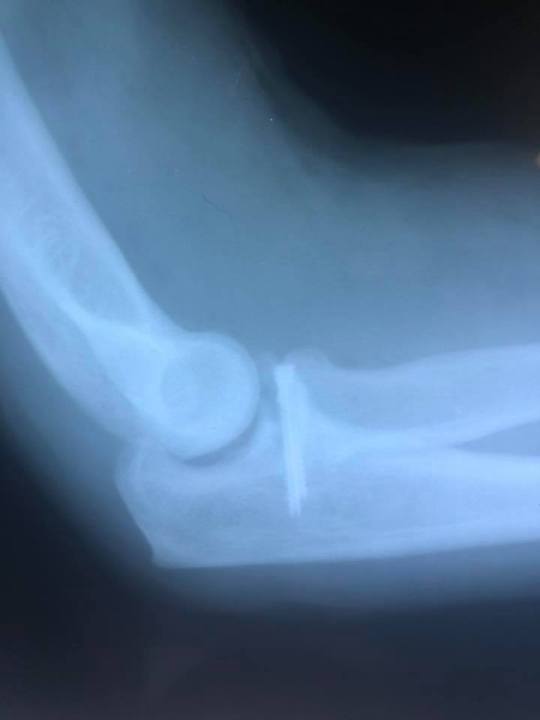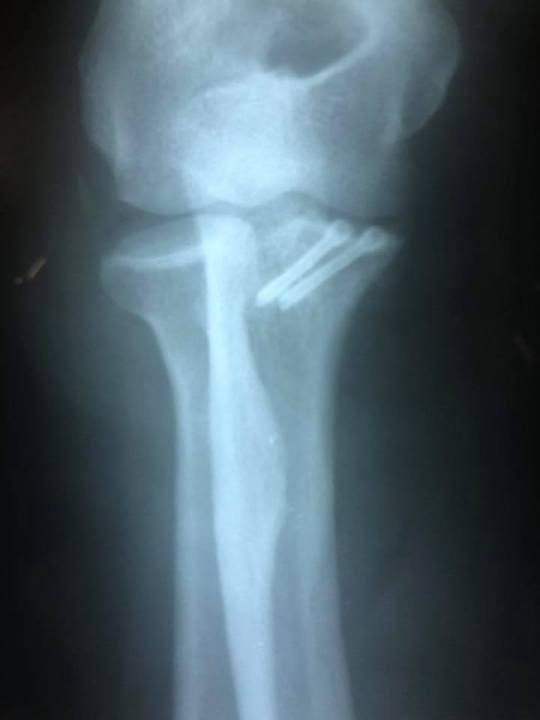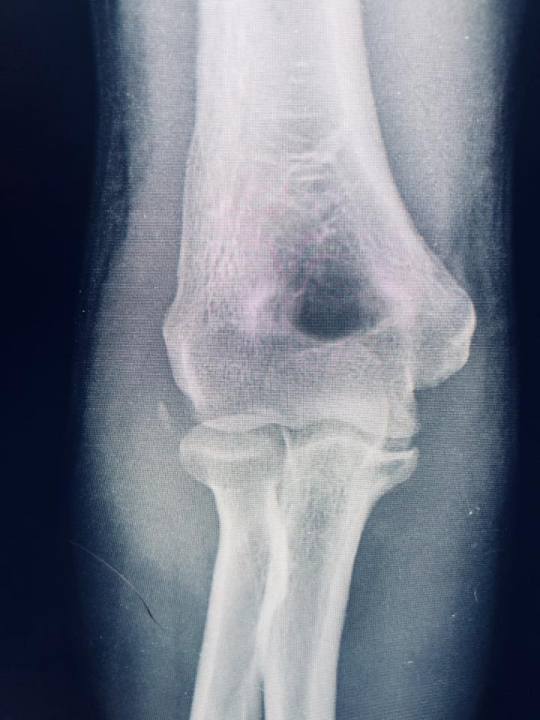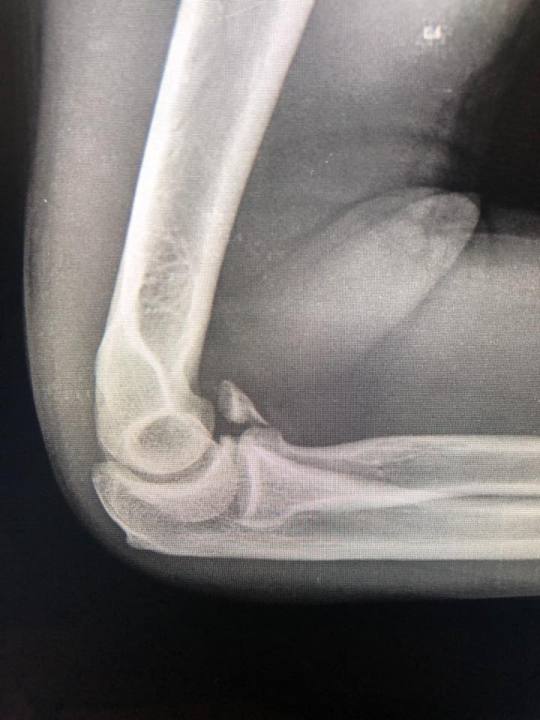Daño hepático inducido por drogas. ¿Conocemos todo?
Drug-induced liver injury: Do we know everything?
Abstract
Interest in drug-induced liver injury (DILI) has dramatically increased over the past decade, and it has become a hot topic for clinicians, academics, pharmaceutical companies and regulatory bodies. By investigating the current state of the art, the latest scientific findings, controversies, and guidelines, this review will attempt to answer the question: Do we know everything? Since the first descriptions of hepatotoxicity over 70 years ago, more than 1000 drugs have been identified to date, however, much of our knowledge of diagnostic and pathophysiologic principles remains unchanged. Clinically ranging from asymptomatic transaminitis and acute or chronic hepatitis, to acute liver failure, DILI remains a leading causes of emergent liver transplant. The consumption of unregulated herbal and dietary supplements has introduced new challenges in epidemiological assessment and clinician management. As such, numerous registries have been created, including the United States Drug-Induced Liver Injury Network, to further our understanding of all aspects of DILI. The launch of LiverTox and other online hepatotoxicity resources has increased our awareness of DILI. In 2013, the first guidelines for the diagnosis and management of DILI, were offered by the Practice Parameters Committee of the American College of Gastroenterology, and along with the identification of risk factors and predictors of injury, novel mechanisms of injury, refined causality assessment tools, and targeted treatment options have come to define the current state of the art, however, gaps in our knowledge still undoubtedly remain.
KEYWORDS: Acetaminophen toxicity; Acute liver failure; Cholestatic injury; Drug-induced liver injury; Hepatoxicity; Herbal-induced liver injury; Hy's law; Liver biopsy; Pharmacoepidemiology
| 










